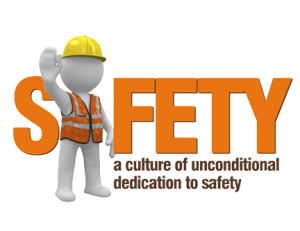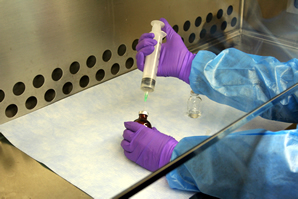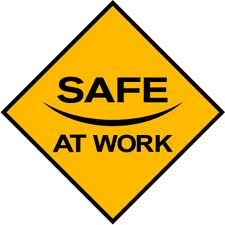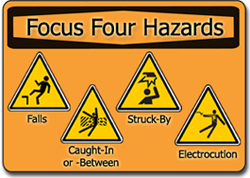 Risk of work-related motor vehicle crashes cuts across all industries and occupations. Workers who drive on the job may be “professional” drivers whose primary job is to transport freight or passengers. Many other workers spend a substantial part of the work day driving a vehicle owned or leased by their employer, or a personal vehicle. In the United States, companies and drivers that operate large trucks and buses are covered by comprehensive safety regulations. In contrast, there are no Federal occupational safety regulations that cover the workers who use smaller employer-provided vehicles or personal vehicles.
Risk of work-related motor vehicle crashes cuts across all industries and occupations. Workers who drive on the job may be “professional” drivers whose primary job is to transport freight or passengers. Many other workers spend a substantial part of the work day driving a vehicle owned or leased by their employer, or a personal vehicle. In the United States, companies and drivers that operate large trucks and buses are covered by comprehensive safety regulations. In contrast, there are no Federal occupational safety regulations that cover the workers who use smaller employer-provided vehicles or personal vehicles.
For all workers who drive on the job, employer safety policies are a critical element in reducing crash risks. Employer policies may be limited to supporting and reinforcing state traffic laws. However, many employers choose to manage road risk more proactively through programs and policies to promote safe driving behaviors, ensure that work-related driving takes place under the safest possible conditions, and ensure that worker vehicles are safe and properly maintained.
via CDC – Motor Vehicle Safety – NIOSH Workplace Safety and Health Topic.









